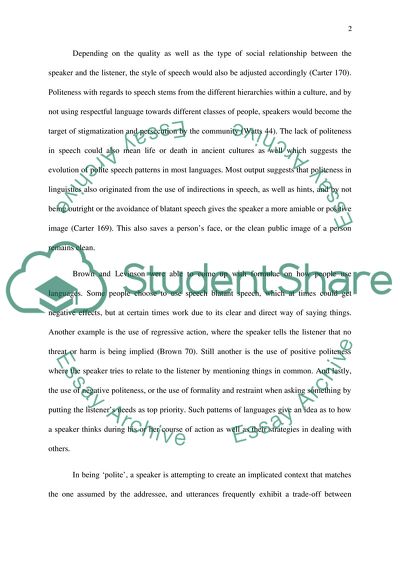Cite this document
(“Pragmatics Essay Example | Topics and Well Written Essays - 1000 words”, n.d.)
Retrieved de https://studentshare.org/miscellaneous/1596228-pragmatics
Retrieved de https://studentshare.org/miscellaneous/1596228-pragmatics
(Pragmatics Essay Example | Topics and Well Written Essays - 1000 Words)
https://studentshare.org/miscellaneous/1596228-pragmatics.
https://studentshare.org/miscellaneous/1596228-pragmatics.
“Pragmatics Essay Example | Topics and Well Written Essays - 1000 Words”, n.d. https://studentshare.org/miscellaneous/1596228-pragmatics.


